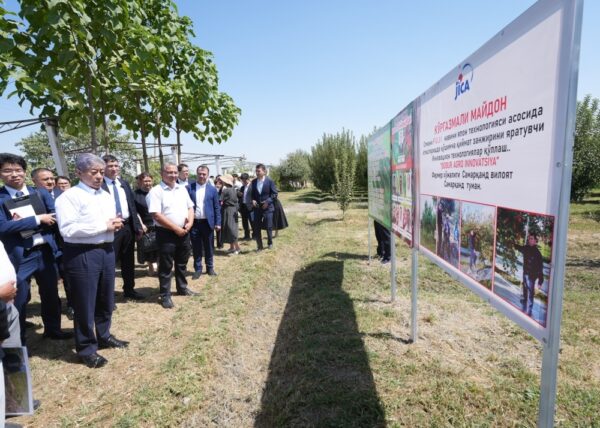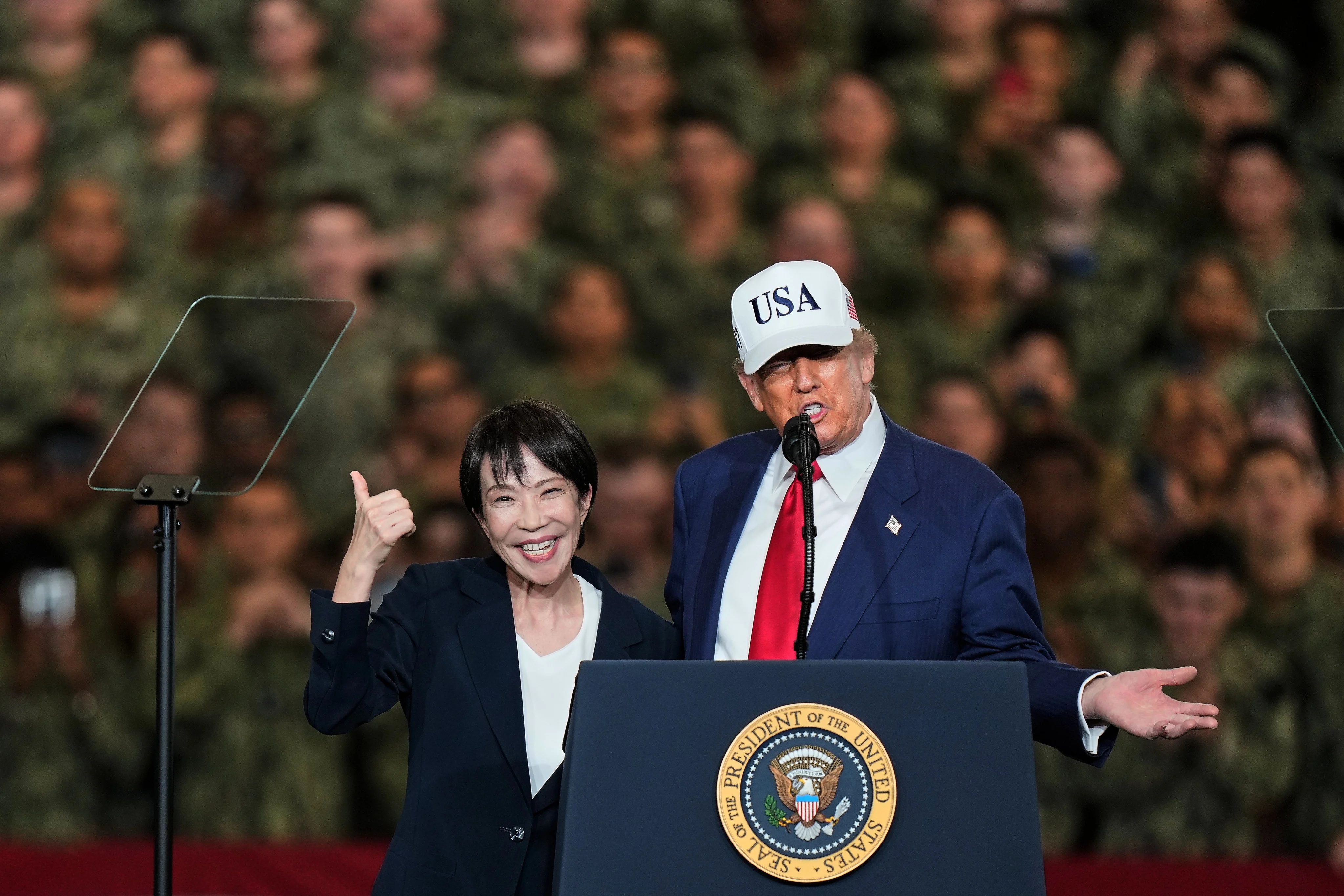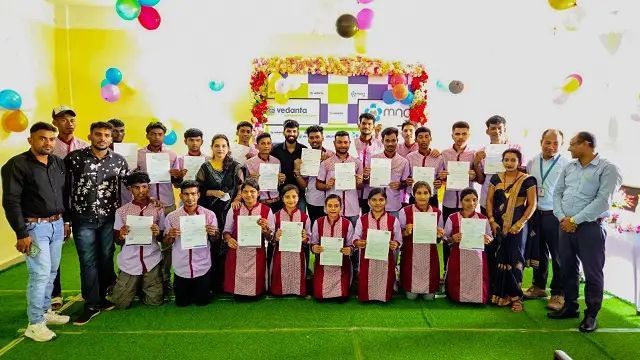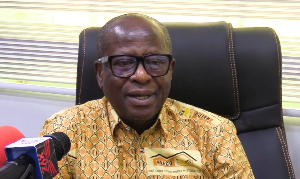Copyright thediplomat

At the ASEAN summit, which served as her diplomatic debut, Japan’s new Prime Minister Takaichi Sanae pledged to reposition the Free and Open Indo-Pacific (FOIP) strategy toward its realization. But behind her promise of continuity lies the potential for transformation: Japan’s identity as an aid power is fading. Even in times of economic decline, Japan continued to uphold foreign assistance and aid as a pillar of its foreign policy. From Prime Minister Takeshita Noboru’s “International Cooperative Initiative” to Prime Minister Kishida Fumio’s “Development Cooperation Charter,” each plan has highlighted Official Development Assistance (ODA) as a vital tool for Japanese foreign policy. However, as Japan aims to bolster its diplomatic might within an increasingly hostile world, the Japanese commitment to development aid is waning. As Takaichi sets Japan’s course amid heightened Indo-Pacific tensions, her policies could redefine Japan’s diplomatic identity. Since forming her cabinet on October 21, Takaichi has adopted Abe’s hawkish stance on security within FOIP, seeking to enact her foreign ambitions. Despite her rhetorical continuity with previous leaders, Takaichi’s hawkish foreign policy marks the quiet end of Japan’s seven-decade aid diplomacy. By securitizing FOIP, Takaichi is recasting Japan’s relationship with ASEAN from one of development partnership to one of security cooperation. The Development of ODA Japan’s aid story didn’t begin as charity, but as an act of contrition. Japan’s entry into the Colombo Plan in 1954 began its aid diplomacy, starting technical cooperation for the economic and social development of the Asia-Pacific as a peripheral effort. Over time, it would transition into a central pillar of Japan’s foreign policy. From postwar reparations in the 1950s to managing the OPEC crisis in the 1970s, Japan realized the diplomatic value of ODA. The 1992 ODA Charter solidified Japan’s aid philosophy: linking aid to environmental stability, pacifism, and democratic governance. This new charter made ODA a flexible tool for multilateral engagement, acting as an altruistic tool that mitigated trade frictions, procured humanitarian support, and developed Japan as an “aid great power.” For two decades, Japan generally maintained this posture until Prime Minister Abe Shinzo’s 2013 National Security Strategy (NSS) formalized a shift from altruistic action to strategic interest. This document outlined a proactive approach to peace, clearly stating that ODA would be used for security policy. In 2016, Abe tried to distinguish strategic aid from security through the creation of the FOIP concept. While FOIP emphasized the use of ODA for peace-building, it failed to outline ODA’s function in upholding the international rules-based order, instead positioning it as a security instrument. This was dubbed the securitization of ODA. Under Abe’s National Security Council (NSC), it was clarified that ODA was now to be further integrated into foreign policy, bringing together the “three D’s”: development, diplomacy, and defense. Amid Japan’s security pivot, ODA gradually transformed from a humanitarian tool into a strategic weapon. Starting in 2021, Prime Minister Kishida Fumio developed a tacit connection between Japan’s national interest and ODA. Declaring ODA as a tool to maintain the “free and open international order,” Kishida still recognized developing countries as central to Japan’s regional strategy. Yet, rather than using ODA to enhance Japan’s regional leadership or support economic growth within ASEAN nations, Kishida’s revised National Security Strategy (NSS)3in 2022 outlined a new type of assistance program: Official Security Assistance (OSA). In contrast to ODA, which portrayed Japan as a benevolent donor, OSA redefined aid as a security tool. OSA builds the defense capacity of ASEAN nations, drawing criticism for eroding Japan’s humanitarian image. While Kishida’s 2023 Development Cooperation Charter tried to re-emphasize ODA for altruistic purposes, noting various areas of engagement – food and energy security, quality infrastructure and more – Kishida’s ODA connected development cooperation to the “realization of Japan’s national interests.” ODA Under Takaichi Under the Takaichi administration, things are moving fast – and ODA will as well. At the recent ASEAN summit, Takaichi signaled continuity, promoting “peace and stability” to preserve the regional status quo, promote a more favorable security environment, and mitigate economic uncertainty. At the summit, Takaichi pledged to beef up OSA cooperation via FOIP. The Philippines, Malaysia, and Indonesia have already accepted OSA grants for military equipment, with Thailand and Timor-Leste likely to join in this next fiscal year. These pledges came amid numerous references to “coercive activities” in the South China Sea and “provocative military activities” in the East China Sea. Nonetheless, OSA isn’t ODA. This distinction leaves ODA in a troubling position. Across Southeast Asia, the significance of ODA is fading to larger developers and the private sector. Since Takaichi is building on the security shift taken over the past decade, ODA’s developmental focus is no longer a top priority. With Takaichi focused on addressing mounting economic headwinds at home, the ODA budget is unlikely to grow, making it difficult to maintain stable ODA flows without significant pushback. So where is ODA headed next? In the immediate future, ODA flows will likely remain stable. Many of Japan’s ASEAN partners – the Philippines, Indonesia and more – will see ODA continue to support traditional infrastructure projects and environmental protection. ODA remains in Japan’s national interest by linking business interests with development cooperation, boosting investment and the domestic economy. Additionally, humanitarian aid, a staple of Japanese ODA, will likely continue worldwide. However, in the long term, ODA will likely shift away from social inclusion and climate action. Takaichi’s conservative agenda means she is unlikely to consider policies that recognize diversity and climate concerns. Her administration is currently prioritizing domestic energy security while scaling back climate action, such as support for large-scale solar projects. At a time when Southeast Asia faces a $210 billion climate investment gap, Takaichi appears unwilling to fulfill that appetite. She also vehemently opposes same-sex marriage and separate surnames for married couples, positioning Takaichi against promoting gender equality. Together, her hawkish stance is at odds with the 84 percent of ODA focused on disability inclusion, gender equality and climate action. Implications In line with the rest of the globe, Japan appears set to pull back spending on ODA. As a result of global aid cuts, estimates from the Lowy Institute indicate that aid to Southeast Asia is set to fall by $2 billion in 2026. Japanese spending on ODA already fell by 6 percent in 2024; Takaichi’s domestic agenda likely has her eying further reductions in spending. Yet, Japan’s decades-long aid institutions are already deeply entrenched. Bureaucratic inertia within the Japan International Cooperation Agency and Ministry of Foreign Affairs will likely preserve baseline ODA levels – such as in existing development projects for climate-sensitive rail, scholarships for young experts, and more – even as strategic priorities shift. For ASEAN partners accustomed to Japan’s aid reliability, this continuity could temper perceptions of a total pivot from aid diplomacy. However, evolving projects on gender inclusion, climate infrastructure, and education – aimed at tackling growing imbalances across Southeast Asia – won't be met with the fanfare and support of decades prior. As ODA grows entangled with security policy, ASEAN nations are wary. Many nations, like Indonesia and Malaysia, value strategic autonomy, balancing between Washington and Beijing to maximize leverage. The new security focus of FOIP and ODA risks alienating nations that once saw Japan as a neutral development partner, especially those wary of bloc politics. While nations like the Philippines embrace OSA, others remain cautious. Countries like Laos and Cambodia may see Japan’s securitization as destabilizing, damaging Japan’s universal appeal. This effectively erodes Japan’s soft power model, making Japan harder to distinguish from the hard power, U.S.-style security partnerships that characterize the region. Although Takaichi has seldom mentioned ODA, her policies suggest a clear trajectory: the gradual decline of ODA. As Tokyo embraces a security-focused agenda, it may strengthen deterrence at the expense of the trust, influence and soft power that made Japan an aid power to begin with.



